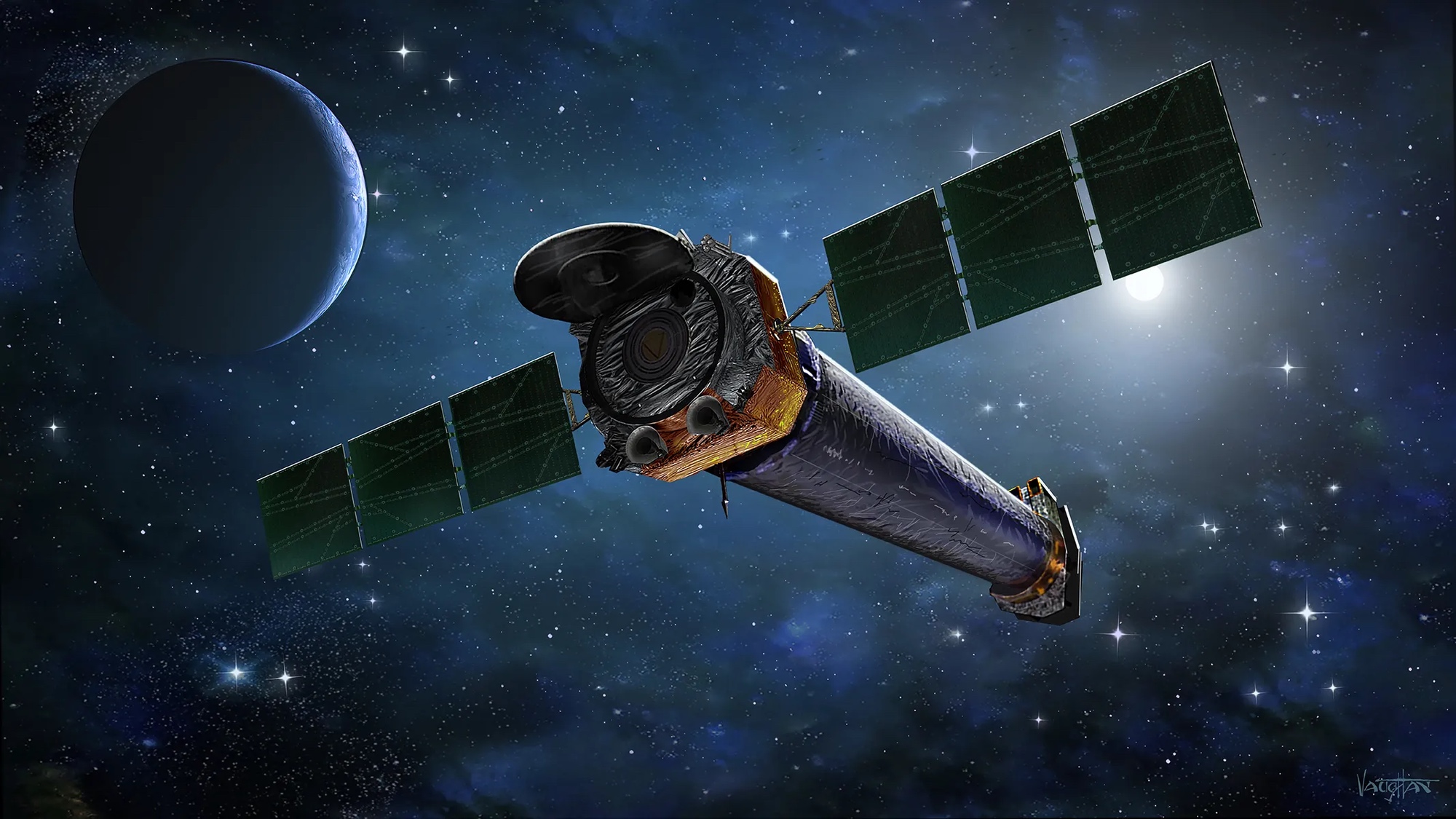WASHINGTON — SpaceX launched more than 50 smallsats on its latest rideshare mission March 4, a service that continues to have strong demand from satellite developers but which also poses space situational awareness challenges.
A Falcon 9 lifted off from Vandenberg Space Force Base in California at 5:05 p.m. Eastern on the Transporter-10 mission. The upper stage started satellite deployments about 54 minutes after liftoff, a process that continued for more than an hour and a half.
The mission carried 53 payloads that, like other Transporter missions, included a mix of new and returning customers. Spire launched four its Lemur cubesats that provide weather and tracking services, while Iceye launched three radar mapping satellites and Satellogic one of its imaging satellites.
Lynk Global, which is in the process of going public through a special purpose acquisition company (SPAC) merger to fund the development of a direct-to-device constellation, launched two satellites on Transporter-10. Unseenlabs, a French startup that raised $92 million last month, launched two more of its maritime tracking satellites. Loft Orbital launched YAM-6, its first “virtual mission-enabled” satellite that enables customers to customize use of the satellite for various imaging applications.
The mission also included the first satellites for some companies. Space Machines, an Australian startup, flew its Optimus spacecraft, which it described as being the largest commercial spacecraft built to date in Australia. The spacecraft is designed to demonstrate on-orbit maneuvering and future servicing technologies. Atomos Space, a Colorado startup also developing orbital transfer vehicles, launched its Quark-lite and Gluon spacecraft on Transporter-10.
True Anomaly, a startup developing spacecraft for satellite inspection and other proximity operations, launched its first two satellites on the mission. Quantum Space, which is developing spacecraft to provide services in geostationary orbit and cislunar space, launched its first spacecraft, Sentry, which will test technologies for tracking space objects. Sidus Space launched its first LizzieSat satellite that company is developing for a “multi-mission” constellation.
The last payload deployed on Transporter-10 was MethaneSAT, a spacecraft developed by Ball Aerospace (now part of BAE Systems) for the Environmental Defense Fund (EDF). The spacecraft will track global emissions of methane, a powerful greenhouse gas.
“MethaneSAT’s superpower is the ability to precisely measure methane levels with high resolution over wide areas, including smaller, diffuse sources that account for most emissions in many regions,” Steven Hamburg, EDF chief scientists and project leader for MethaneSAT, said in a statement after launch.
Tracking troubles
The 53 payloads on Transporter-10 was relatively modest compared to some previous missions that, dominated by cubesats, deployed more than 100 satellites into orbit. Satellite developers remain attracted to Transporter missions because of the regular cadence of missions and costs that are typically much less than a dedicated launch on a small launch vehicle.
Launching a large number of satellites at once, though, poses tracking challenges. In a presentation at the International Academy of Astronautics’ Space Traffic Management Conference Feb. 27 at the University of Texas Austin, Owen Marshall of LeoLabs, a space tracking company, said there had been a degradation in the rate that the Defense Department was able to catalog objects after launch.
He noted that, in 2017, the median time for an object to be cataloged by what is now the 18th Space Defense Squadron was 3.3 days. By 2023, that had more than doubled to nearly 7.3 days. A major factor in that, he said, was rideshare missions like the Transporter series, where the median catalog time for payloads on those launches exceeded two weeks on some missions.
That, he said, is linked to the sheer number of satellites on those launches from different operators. “I don’t think this is indicative of a degradation in actual capability by the 18th, it’s just the quantity of things they have to monitor has gone up, and it’s difficult from a manpower perspective to monitor this.”
That poses several challenges, he said. For operators, not knowing where their satellite is can make it difficult to establish communications with it for critical early operations. “The longer it takes,” he said, “the more difficult it is for an operator.”
A second challenge is space safety. “You’re flying blind, effectively, and every other operator up there doesn’t know where you are, either,” he said, increasing the risk for collisions. “Every time you expand unobserved operations, you just creating more aggregate risk to operators.”
He suggested that could also eventually pose national security threats if other countries, like China, also start regularly flying large rideshare missions. “Can adversarial action occur without observation because you created a level of saturation? Can I put so many payloads into space that your manpower is completely focused on cataloging targets?” he asked, creating a “first-strike capability” for a potential aggressor.
Another panelist agreed with the problem. “You launch 50 to 100 satellites into busy orbits and for days and weeks you won’t know where you’re going,” said Araz Feyzi, co-founder of Kayhan Space, a company that provides space tracking analytical services. “Every day that passes by without a conjunction or a collision is a lucky day. That has to change.”
Both Marshall and Feyzi contrasted the situation with the Transporter launches with SpaceX’s Starlink launches. Marshall noted that, in his experience, SpaceX has an “extremely mature” approach to tracking its satellites and knows where they are even before the Defense Department.
“SpaceX has figured this out. They have a really good system that works,” Feyzi said of Starlink launches, something that many other operators do not. “It’s an extremely important problem that, unfortunately, doesn’t get enough attention.”



